The Nazi regime’s propaganda machine is one of the most terrifying examples of how narrative can be weaponized. In Goebbels and the Führer, director and writer Joachim A. Lang – who most recently explored the life of legendary choreographer John Cranko – returns to familiar territory: documentary-style filmmaking and the dark chapters of history. His feature, originally completed in 2023 and now hitting theaters, tries to show us the mechanisms that helped a totalitarian regime shape reality itself. The result is a film as meticulous as it is heavy-handed, as well-researched as it is strangely remote and occasionally, too preachy.
Set against a circular narrative frame that begins and ends in 1945 with the crumbling of the Third Reich, the film explores the rise and operation of Joseph Goebbels, Hitler’s Minister of Propaganda, through the early years of war until the very end. But while the story presents Goebbels at the height of his manipulative power, it never really pierces the surface of the man himself. We only get to know that he is a womanizer, likes face-tan and power.

Führer_und_Verführer_Zeitsprung_Pictures2023
Lang, who has a background in documentary filmmaking, brings a wealth of archival material to the table. The film incorporates original speeches, authentic audio, scenes from propaganda films, and rare footage – some of it harrowing, such as images from Buchenwald and war-torn Berlin. These elements are perhaps the film’s strongest asset: when historical material and dramatic reenactment are fused together, there’s a haunting sense of reality that lingers. Lang had also directed projects on the antisemitic propaganda film Jud Süss and about the Mephisto-esque German screen actor Heinrich George.
And yet, for all its factual rigor, the film feels sterile – almost too constructed. The sets are immaculately built but lack texture. There’s a cleanliness, a polish, that doesn’t suit the subject. Everything and everyone looks like statues. Instead of immersing us in the grime and chaos of war-era Germany, we get what feels like a polished period piece – classic to the point of staleness. It wants to be cinematic, but often slips into something closer to a museum exhibit.

The performances contribute to this sense of detachment. An armada of TV actors bring these notorious historical figures to life. Robert Stadlober portrays Goebbels with a sort of marble stillness, and Franziska Weisz’s Magda Goebbels remains largely distant even when she is abandoned or full of fear. Fritz Karl’s portrayal of Hitler is more textured – almost perversely paternal at moments, as when he eats his Christmas cake while signing death sentences or when he visits the Goebbels’ children – but none of the key characters feel like they’ve been fully built. We understand their power, but not their psychology, relationships or personality.
Some of the most compelling scenes involve the mechanics of propaganda: Goebbels analyzing slogans, manipulating crowd shots, planning speeches, and brainstorming and dissecting the structure of Nazi films. There are also powerful moments when we hear his logic – that slogans must be repeated ad nauseam not for the elite, but so that rural farmers hear it once – and see how carefully orchestrated every public image was, right down to editing out Hitler’s trembling hand.

Still, Goebbels and the Führer never quite decide whether it wants to be a character study, a historical record, or a lecture in propaganda. Lang clearly aimed to combine all three. The film crams a vast amount of research into its two hours and fifteen minutes, to the point where it begins to resemble a history textbook more than a story. Scenes often feel abruptly cut; time jumps are frequent and loosely stitched; and transitions lack emotional buildup like scenes like stable arcs. The pacing suffers, as does the clarity of structure.
Perhaps most frustratingly, the film’s opening claim – that it offers a “completely new take” on Goebbels – feels over promised. While its archival integration is impressive, and the intentions behind the project are unquestionably noble, the film rarely uncovers new psychological terrain. We don’t learn more about Goebbels beyond the expected: his limp, his vanity, his womanizing, his loyalty to Hitler, and his instrumental role in building the Nazi “myth”. The final scenes, which include direct addresses and quotes from Holocaust survivors, aim to provide moral urgency, but feel too on-the-nose after what is already a very explicit viewing experience.
There’s no doubt that Lang’s film comes from a place of seriousness and a desire to educate. And in many ways, that’s its greatest virtue – and also its main flaw. It wants so much to make a point, to ensure we don’t forget and learn from our collective past traumas, that it ends up telling us more than it shows, instructing more than it invites us to understand. The movie’s moral compass is never in question. But its artistic choices – flat performances, classical stiffness, and its Swiss cheese-like holley structure – keep us at arm’s length.
As Goebbels and the Führer now plays in cinemas.
~ by Dora Endre ~


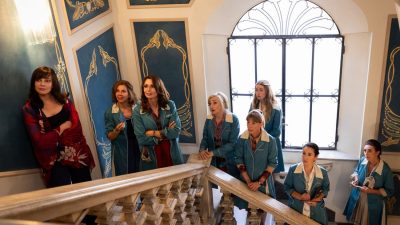
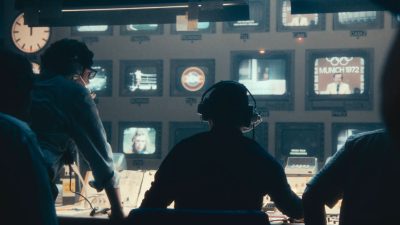

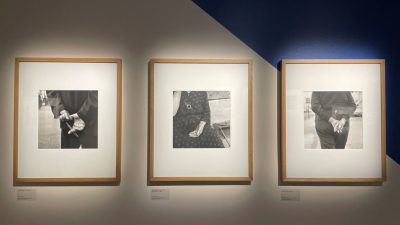
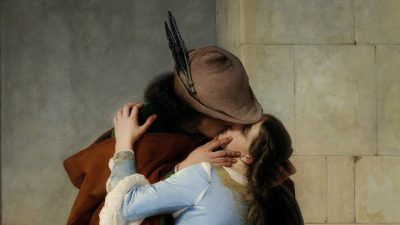
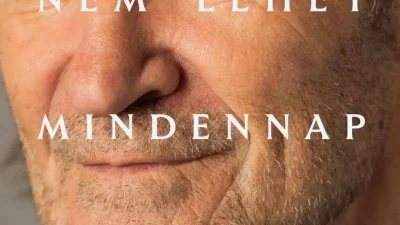
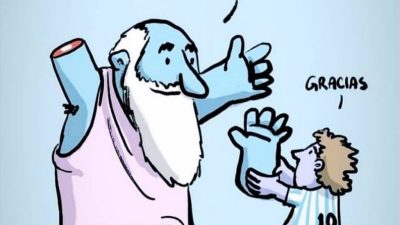
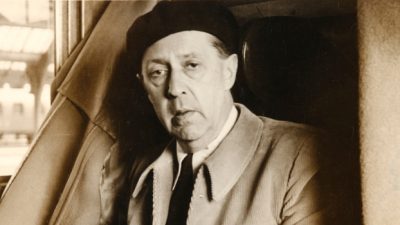
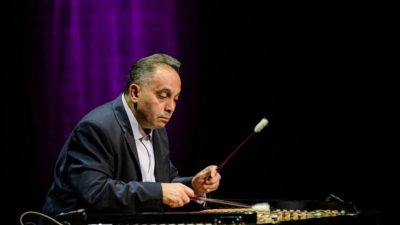


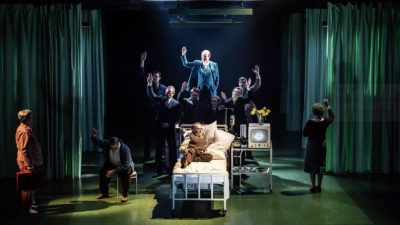
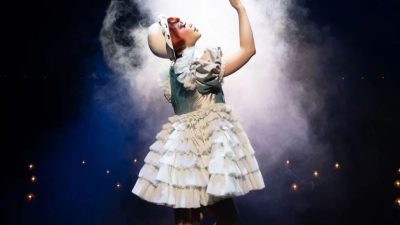







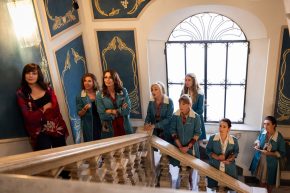
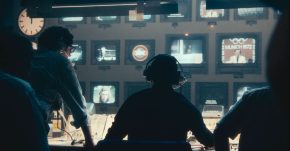
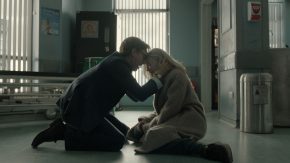


Comments